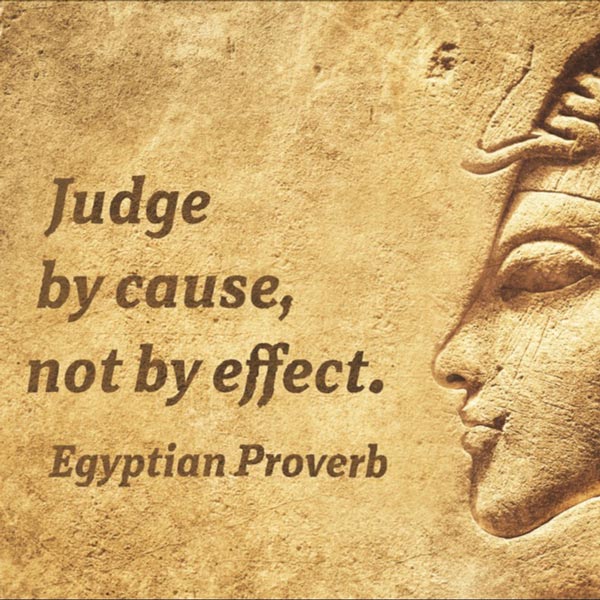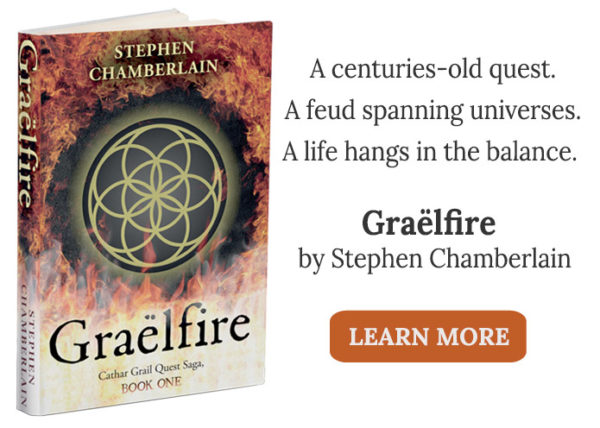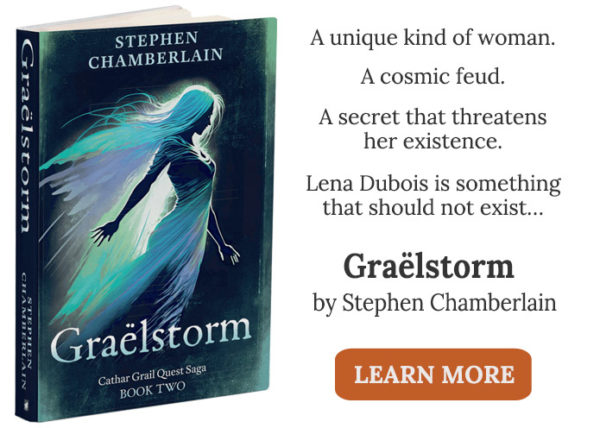“Every why hath a wherefore.” – William Shakespeare.
Dodging the Information Dump
Writers sometimes take their readers back in time to promote a better understanding of the story. We use several techniques to achieve this goal, such as prologues, flashbacks, or dual timeline threads. These reveal background information through dramatized scenes rather than a character “telling” us about the past. When a writer interrupts the chronological plot to relive the past, showing events in action helps hold readers’ attention. It is much more entertaining than a block of narrative in which a character pauses to explain or recollect.
I shared my thoughts about prologues in a previous post. This time, I want to focus on stories with two timelines. These aren’t like the flashbacks we see in novels or movies such as J. K. Rowling’s, Harry Potter and the Half-Blood Prince, where Dumbledore uses a pensieve to show Harry his memories of meeting Tom Riddle. Flashbacks are fleeting action scenes conveying fragments of information. Dual timeline novels are different; they offer two alternating, but interwoven tales set years or even centuries apart. Characters in these stories don’t jump through time like Henry DeTamble in Audrey Niffenegger’s The Time Traveler’s Wife. They feature a character in the present-day and another in the past who is strongly connected to events in the later plot.
Allure of Dual Timeline Stories
Done well, novels with dual timelines like Kate Morton’s The Clockmaker’s Daughter show background information without boring the reader with clunky information dumps. The audience experiences the past unfolding in “real time,” which keeps the plot’s suspense high and its pacing brisk.
When I began writing my first novel, Graëlfire, I had planned to write a Grail quest set in present-day Switzerland. I soon saw that if I wanted to explain why the characters act the way they do, I would have to dig deeper into the past, and so I wrote two alternating timelines that eventually converge. One is a Grail quest set in thirteenth century France and Italy, and the other is set in modern-day Switzerland:
In the present-day, Lena Dubois and her companion hunt the shores of Lake Geneva following a cryptic riddIe they hope will lead them to the Holy Grail. Sinister forces stalk them. Lena fears the worst, but her companion knows that what lurks in the shadows is worse than she can imagine. Step back to the year 1245, a time of terror in Languedoc. Gideon Drude is on the trail of the fabled lost treasure of the Cathars. While being pursued by the Inquisition, he travels across pilgrim routes to Lombardy, where his journey ends in star-crossed love, tragedy, and betrayal. When the past collides with the present, Lena becomes embroiled in a cosmic vendetta where malevolent forces eight hundred years in the making propel her to a deadly showdown.
I wove these two stories together, letting the suspense and mystery of one era enlighten the other. I planted clues throughout both timeframes and crafted a climax where the plots come together with a twist. This technique enabled me to examine in detail how past events shaped the present and to create questions in one timeline that I answer in the other. Readers can discover connections and unravel secrets that unfold across time, providing them with a deeper insight into my worldbuilding, its characters, and their motivations. With dual timelines, readers can become detectives by figuring out how the two timelines relate. They can connect dots and piece together mysteries. It’s like a jigsaw puzzle they must solve to complete the picture, and when one element of the story clicks into place, it can trigger an epiphany that feels really satisfying.
The Art of Dual Timelines
Multiple elements must come together to create a cohesive dual timelines story. The first is to decide which timeline will take precedence and set the novel’s mood. I began Graëlfire with present-day chapters to establish it as a modern-day Grail quest. This encourages readers to become invested in the hero Lena Dubois. If I had started with the medieval timeline, it could lead some into thinking Graëlfire is a historical novel. But whichever comes first, clarity is key once the timelines begin to alternate. I marked each time shift with a separate chapter and a heading that identifies time and place. Writers must also be careful not to linger in either timeline too long, otherwise readers may forget about the other and lose interest in it. It’s easy to let one timeline outshine the other, making it challenging for readers to remain invested in both. To avoid this trap, each story must be equally captivating, with compelling characters, settings, plot, and pacing. Above all, dual timeline stories are a study in cause and effect. As the story’s climax draws near, it must be clear to readers how events from the past reverberate in the present, so that the two plots coalesce into one seamless novel.
Writing historical fiction is a challenging journey. It requires relentless research and attention to detail, not to mention weeding out anachronisms and being mindful of customs and values from another era. That may sound like a tall order, but the rewards are well worth it. Dual timelines give writers freedom to exploit the past and add complexity to the story. It allows readers to delve deeper into a character’s motives and better judge their choices.



